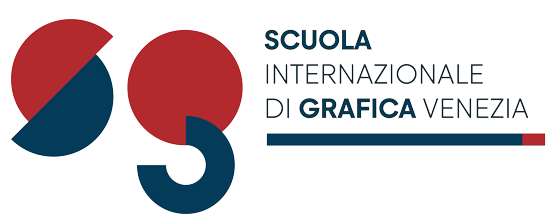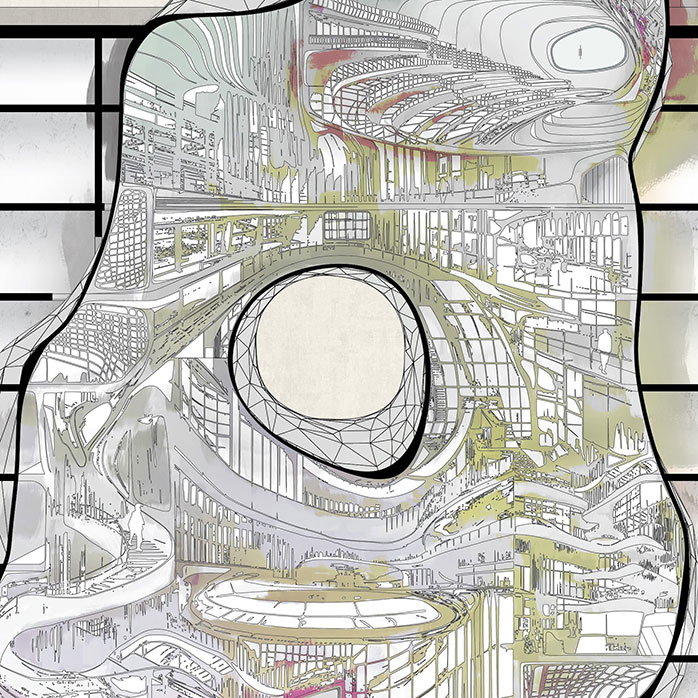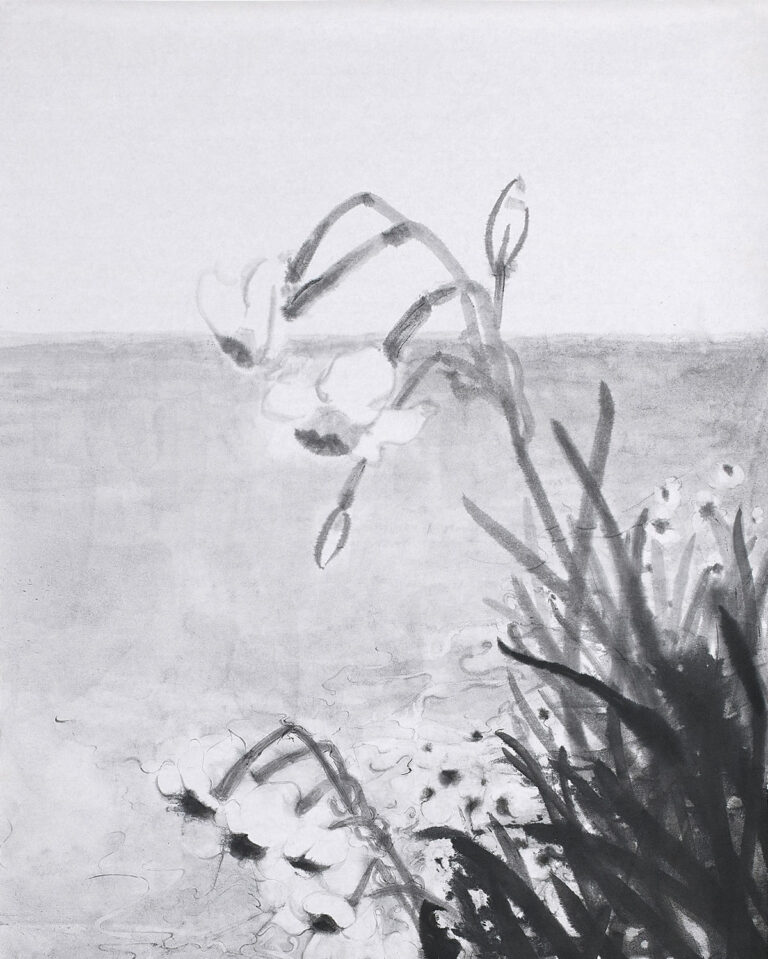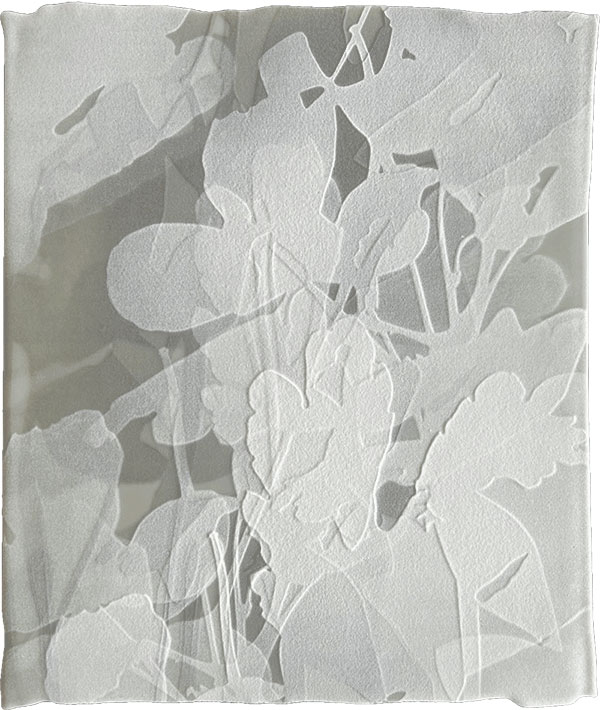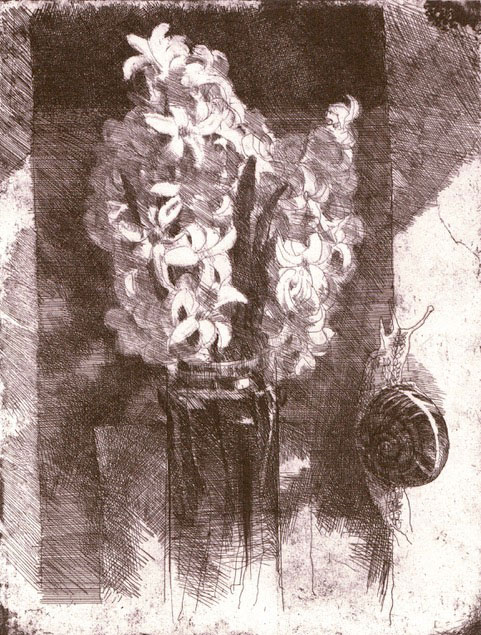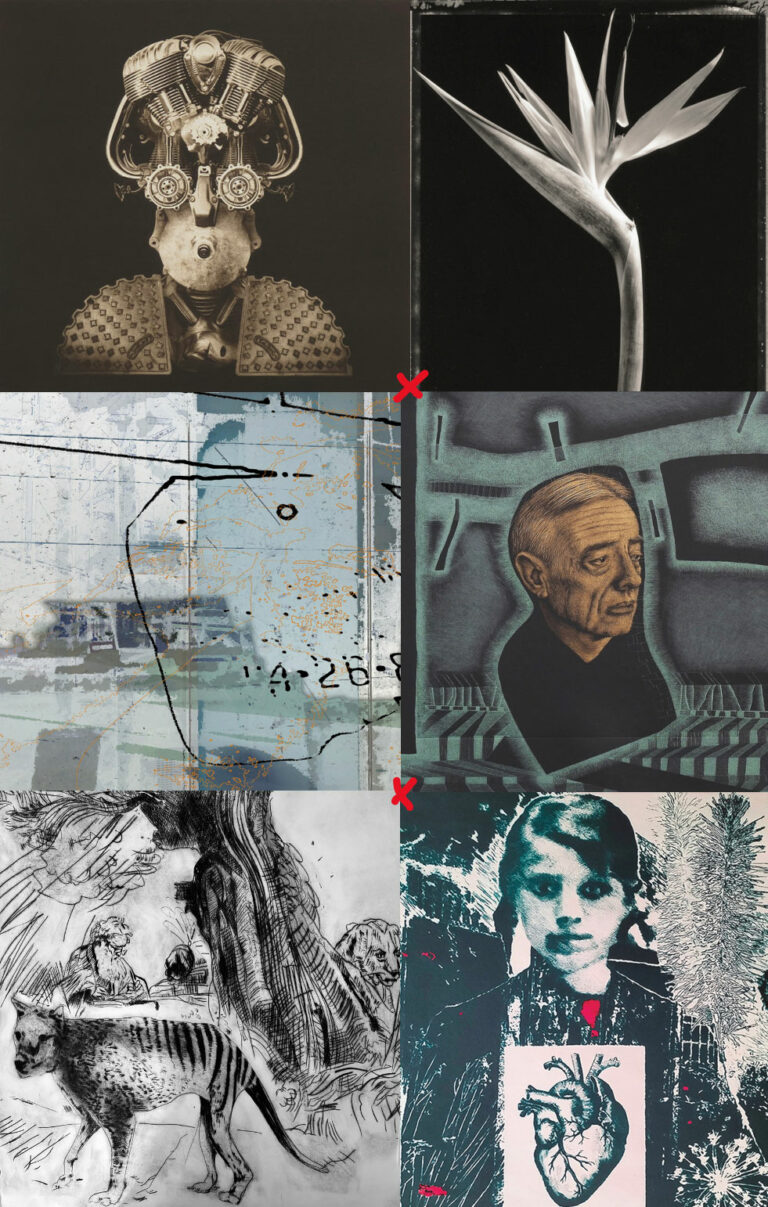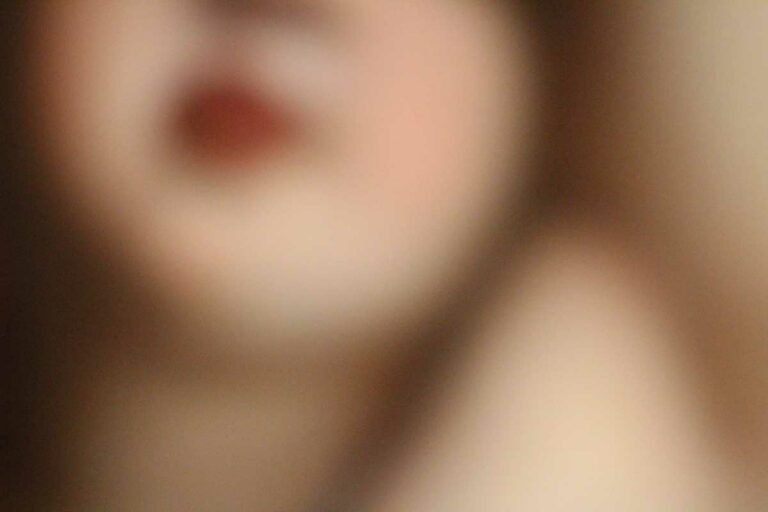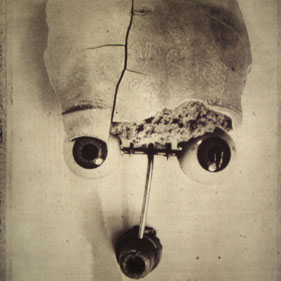
Eyewitness
Photoetchings – Fotoincisioni
Barbara Madsen exhibits her “ocular witnesses” in Venice, works that, as the artist herself explains, aim to explore the “psychological complexity of our existence in relation to the atrocities committed in our own culture and society: with regard to what happens around us, we are often simultaneously victims and witnesses, and this forces us to lead separate lives, often in conflict with each other.” This exploration leads Barbara to create a numerous series of often unsettling heliographs, which seem to watch us with those large eyes—sometimes sad, sometimes ironic and winking, sometimes astonished.
With reclaimed objects (caps, wire, specially shaped bits of plastic) and eyeballs from the artist’s collection, stylized yet still human faces are constructed: in fact, it is precisely this stylization that evokes a sense of unease and alienation in the viewer. Using a large optical camera, Barbara photographs them, and the resulting negative is enlarged using traditional techniques in a darkroom until it reaches the desired size for the final print. The image is then exposed to light using a special photosensitive gelatin, which, once impressed, is applied to a copper plate that is then etched with a series of iron oxide solutions of varying viscosity. Finally, the prepared plate is used as a matrix for the images, which are printed using traditional methods.
The technique of photosensitive gelatin was discovered by Henry Fox Talbot around 1850, and it was popularized in the United States by Alfred Stieglitz, who used it extensively between 1903 and 1917, and by Edwin Curtis, famous for his portraits of Native Americans (1907-1915).
Alongside Barbara’s “witnesses,” Kathryn Reeves’ “Curious Objects” will also be on display at the International School of Graphics.
Nicoletta Consentino
